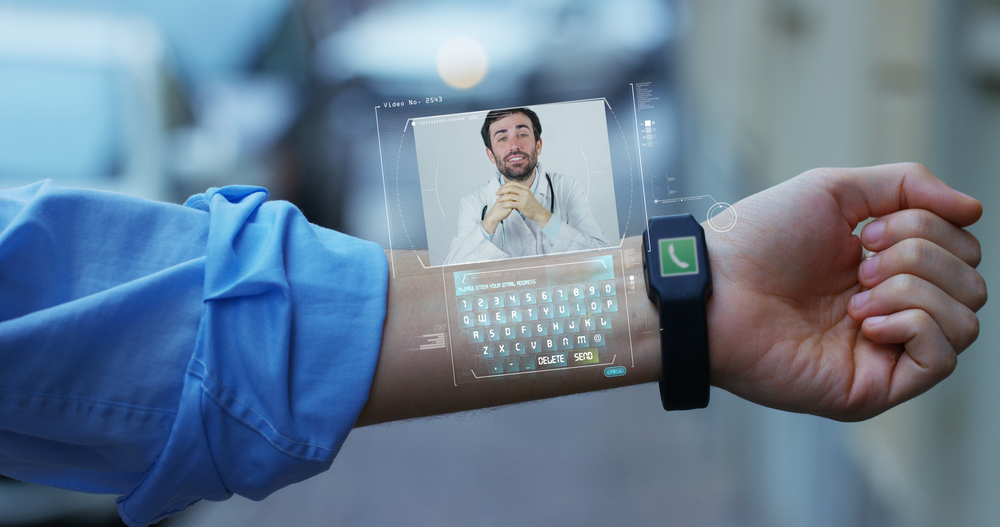Google’s then-CEO, Eric Schmidt, coined the term “Augmented Humanity” (AH) in 2011 to refer to human-technology integration. Since then, human augmentation has been a much-discussed topic, particularly in the medical and healthcare circles. As such technology continues to evolve and become more accessible, the question of how AH can contribute to the workplace is being considered.
Given the proliferation of smart devices and the Internet of Things (IoT), AH is already a large part of our daily lives. In this regard, a marketsandmarkets study revealed various parameters along which AH operates, such as wearable devices, AR and VR, exoskeletons, increased use of AI and virtual assistants, etc.
Three ways AH works and how it might operate in the workplace
Report Ocean assessed that the AH industry was already worth nearly $90 billion in 2020. This figure is expected to grow. AH fulfills several needs by augmenting three main areas of human functionality. These are:
- Sensory augmentation. Technology is widely used to improve sensory experiences through devices like hearing aids. Additionally, recent innovations have led to smart glasses, which connect to smart devices via Bluetooth for an enhanced visual experience. Soon, workplaces might use virtual and augmented reality (VR and AR) solutions as more employees prefer hybrid and work-from-home models. AR and VR might prove invaluable in bringing people from different locations into the same virtual room, bridging the gap between in-office and remote employees.
- Augmented cognition. This involves using technology to improve cognitive function. The most effective way of currently enhancing cognition, already implemented at several workplaces, is the use of AI and virtual assistants. They can read data from a neutral standpoint and help with less biased interpretations, leading to better decision-making.
Augmented cognition may also operate through technology that can read neural signals in the brain. Brain-Computer Interfaces (BCIs) such as Elon Musk’s Neuralink aim to do this, claiming to improve memory and cognitive function while allowing the brain to connect directly with a monitor, foregoing the need for a physical keyboard and mouse to perform commands on computers. These devices might be placed on the head or, as in the case of Neuralink, be a chip directly implanted in the brain.
When functioning effectively, BCIs could be used in workplaces to send messages and revolutionize communication by tapping into a centralized network. However, they require more neuroscientific research and insight before they can be viable at the workplace or become available for public consumption.
- Augmented action. The final dimension of AH is a valuable one – augmented action that can replicate and restore body function through specialized prosthetic limbs and exoskeletons. The latter is especially useful at workplaces and, more specifically, in manual labor scenarios. To this end, Bobby Marinovclassifies exoskeletons as tool-holding units, chairless chairs, back support, powered gloves, or full-body, powered suits.
Chairless chairs and back support, especially, could help workplaces that require employees to sit before a computer or at a desk for lengthy periods. These exoskeletons can combat poor posture and other factors that increase fatigue and contribute to a negative workplace experience. Additionally, augmented action increases access to many jobs for individuals with physical disabilities.
AH once seemed like a figment of science fiction (with many films centering around it) but is swiftly becoming a reality. Already, with the introduction of the metaverse, we see a shift towards an entirely virtual form of human interaction – another dimension of AH and a possibility for the hybrid workplace. While AH does have pitfalls, there’s no denying its potential to create an improved workplace experience.








